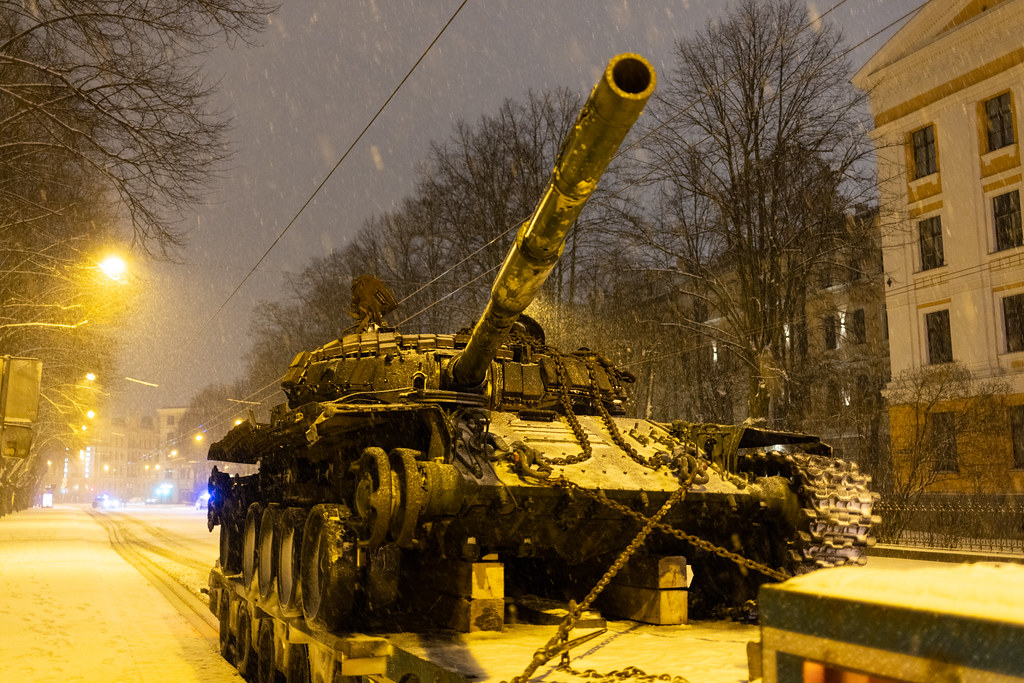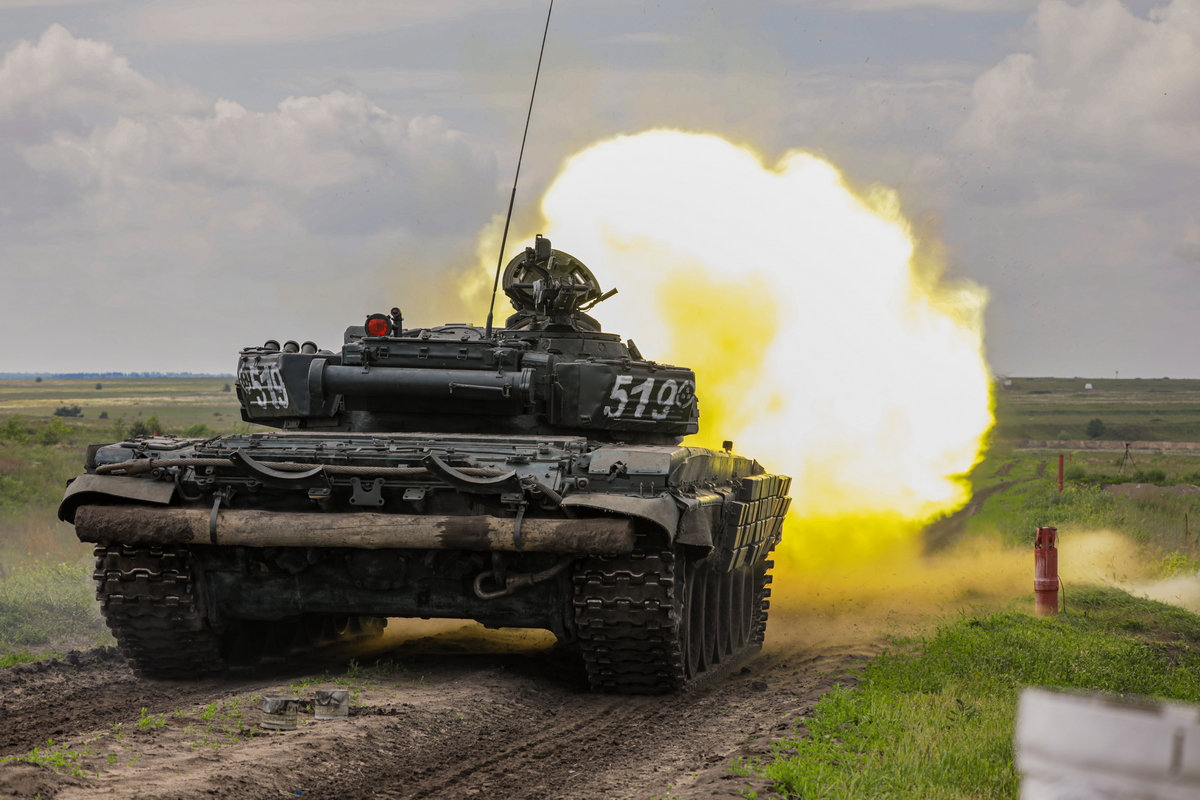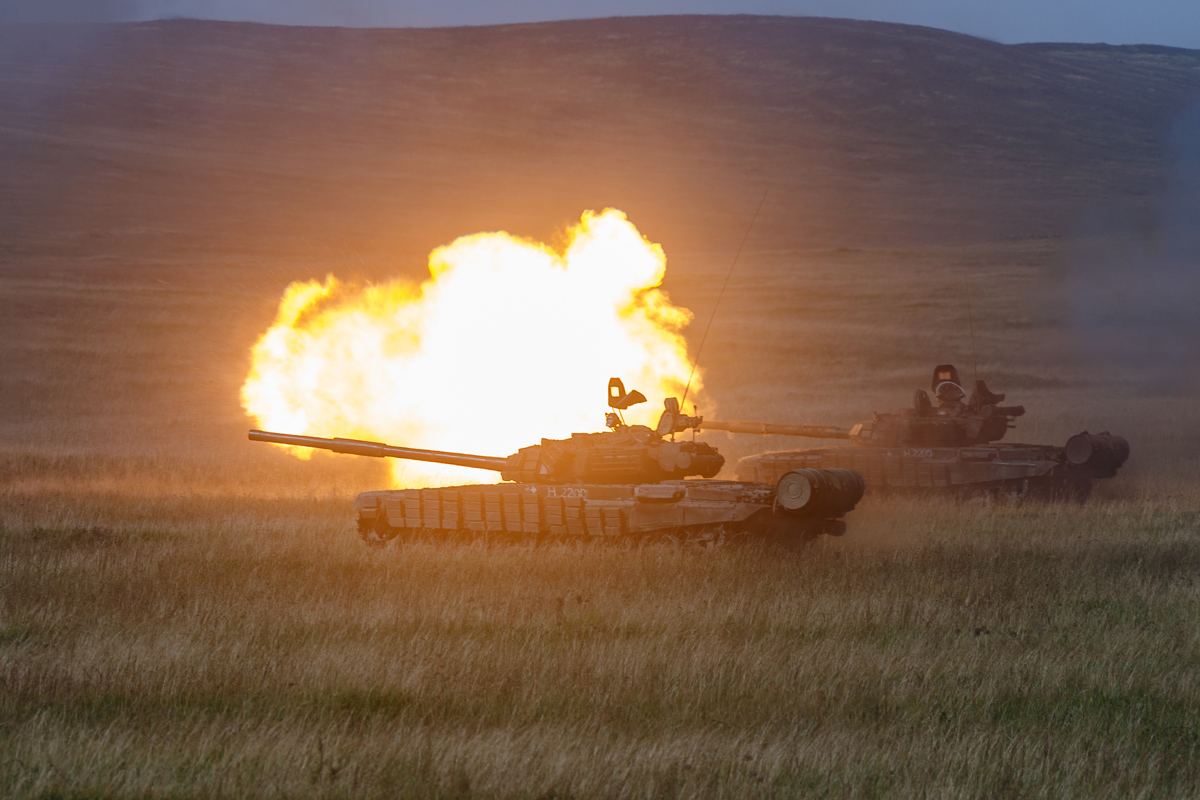
In a stark testament to the sustained attrition that Russian forces have faced during the protracted conflict in Ukraine, a particular Russian regiment, previously equipped with T-72BAs. Having lost its modernized tanks in the Ukrainian theater, this unit is now operating with the older T-72B models, underscoring Russia’s struggle to rapidly produce new tanks amid significant losses.

The International Institute for Strategic Studies (IISS) recently noted, “Despite losing hundreds of armored vehicles and artillery pieces per month on average, Russia has been able to keep its active inventory numbers stable.”However, the maintenance of these numbers appears to be at the expense of quality, as outdated models are being brought out of storage to substitute for battlefield casualties. The United Kingdom Ministry of Defense shared alarming information about Russia’s production, indicating that the newer tanks being produced are probably older models, unable to equal the capabilities of the ones that were lost.

An appraisal of the IISS’s findings and independent tracking data from Oryx’s site reveals a dire picture for the Russian armored divisions. Since Russia’s full-scale invasion of Ukraine began on February 24, 2022, they have encountered substantial equipment losses. In February 2023, the IISS assessed that Russia had lost up to half of its key combat tanks in the first year of the expanded war. In late January, James Heappey, Britain’s armed forces minister, told U.K. lawmakers that London estimated total Russian tank losses to be more than 2,600, with approximately 4,900 armored vehicles destroyed.

The magnitude of these losses is further compounded by the significant toll that recent intense fighting, such as the conflict around Avdiivka, has exacted on Russian forces. Between October 2022 and January 2023, Russia lost up to 365 tanks and 700 armored vehicles in the assault on Avdiivka alone, as per the British Defense Ministry. These losses not only highlight the fierce resistance by Ukrainian forces but also suggest a substantial depletion of Russia’s active armored units.

While the IISS suggests that Russia can sustain these losses for a few more years, mainly because of stored equipment, the quality of these replacements is significantly lower.For instance, the T-72Bs, which are now being fielded by the abovementioned Russian regiment, are significantly less capable than the T-72BAs they replace. This swap indicates a noticeable decline in combat efficacy, as the older T-72Bs lack modernized fire control systems, enhanced armor, and other advancements present in the T-72BAs.

Furthermore, the use of older tank models is not an isolated incident. As the conflict drags on, the frequency of Russia resorting to older armored vehicles, including T-62s and even T-55s, has increased. This shift from a reliance on modern equipment to utilizing legacy Cold War-era armaments reveals an operational pivot driven by necessity rather than strategic choice.

Meanwhile, Ukraine’s tank fleet appears to have stabilized near pre-war levels, thanks to Western military aid supplementing its Soviet-era vehicles. The IISS notes that Ukrainian equipment quality has improved through Western aid such as NATO-standard tanks, albeit posing logistical challenges.

The impact of the downgrading of Russian armored capability due to the reassignment of older T-72B models on the future of the conflict remains uncertain. However, it is evident that the conflict in Ukraine has transformed into a war of attrition, pushing the boundaries of Russia’s capacity to replace its lost equipment with equivalent firepower, with potential significant consequences on the battlefield.
related images you might be interested.








